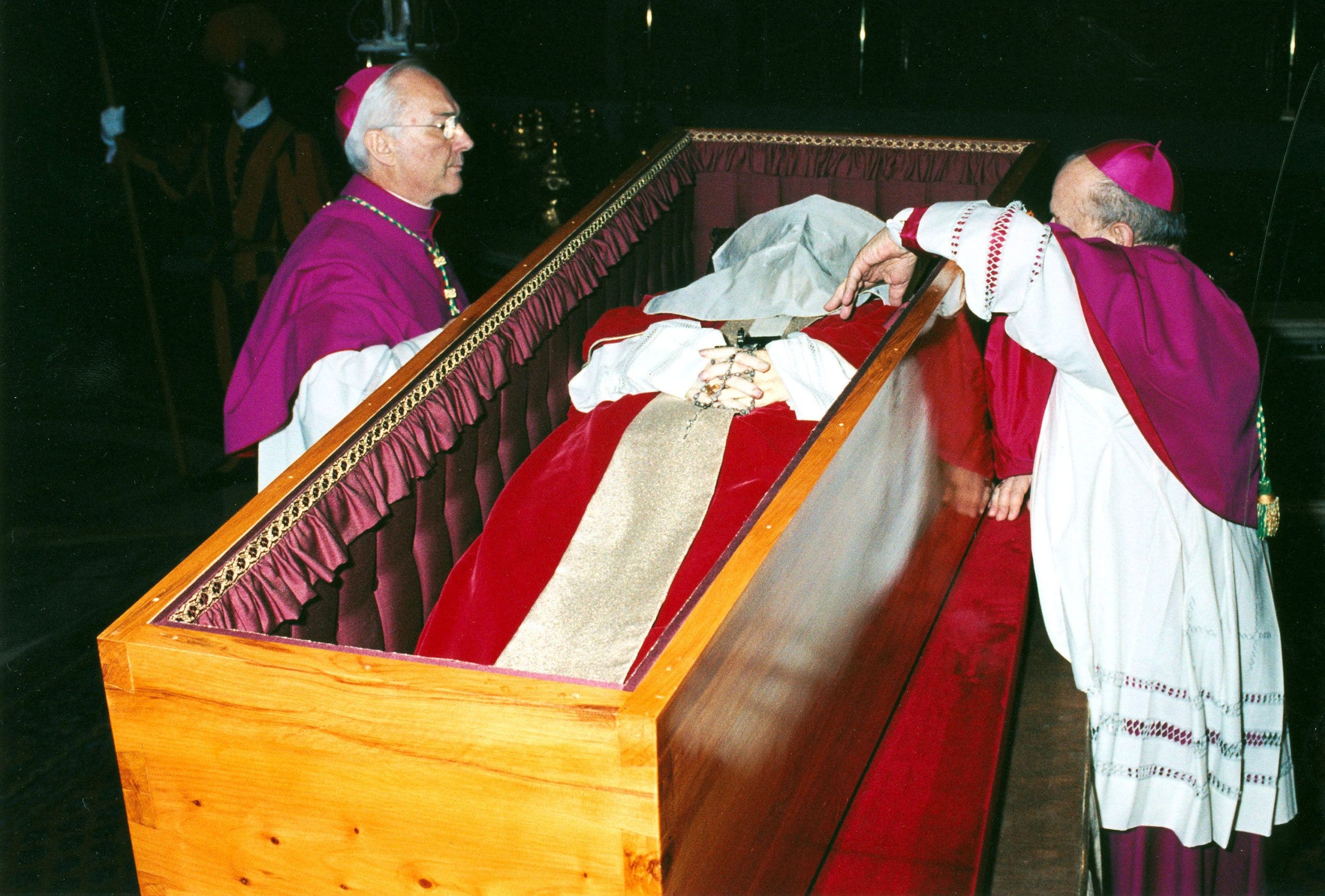Pope Francis’ funeral slated to be more modest than past papal funerals

The funeral for Pope Francis will be a momentous occasion filled with long-held traditions, but also marked by significant changes to the Catholic Church’s papal funeral rights. The beloved pontiff passed away at the age of 88, after battling pneumonia and facing health complications for many years. His decision to amend the funeral traditions was a reflection of his desire to emphasize his role as a shepherd and disciple of Christ, rather than a powerful figure of this world.
One of the most notable changes to the papal funeral rites is the structure of Francis’ coffin. In the past, the pope’s body would be displayed on an elevated frame known as a bier. However, under the new funeral structure, the pope will be laid directly into an open coffin, eliminating the use of the bier. Additionally, the practice of being buried in three coffins made of cypress, lead, and oak has also been eliminated.
Another significant change is the location of where the pope will be declared deceased. Previously, this would take place in the papal bedroom, but under the new rules, it will now occur inside the papal chapel at the Vatican. The pope’s remains will then be immediately placed into a simplistic wooden-lined coffin after his passing. The role of confirming the pope’s death falls to the camerlengo, Cardinal Kevin Farrell, who manages the Vatican during transition periods between popes.
In terms of how the pope will be referenced during the funeral ceremony, officials will predominantly use Latin terms such as “pope,” “bishop,” or “pastor,” rather than past titles he held in the Catholic Church. This change reflects Francis’ vision of simplifying and adapting certain rites to better express the faith of the Church in the Risen Christ.
The new funeral rights were formally approved by Pope Francis in 2023 and were later published in the church’s liturgical guidelines in early 2024. These revisions mark a departure from the guidelines set forth in the “Ordo Exsequiarum Romani Pontificis” approved in 1998 by Saint John Paul II. The funeral rites for Pope Francis will honor his legacy as a compassionate and humble leader, while also ushering in a new era for papal funerals in the Catholic Church.




